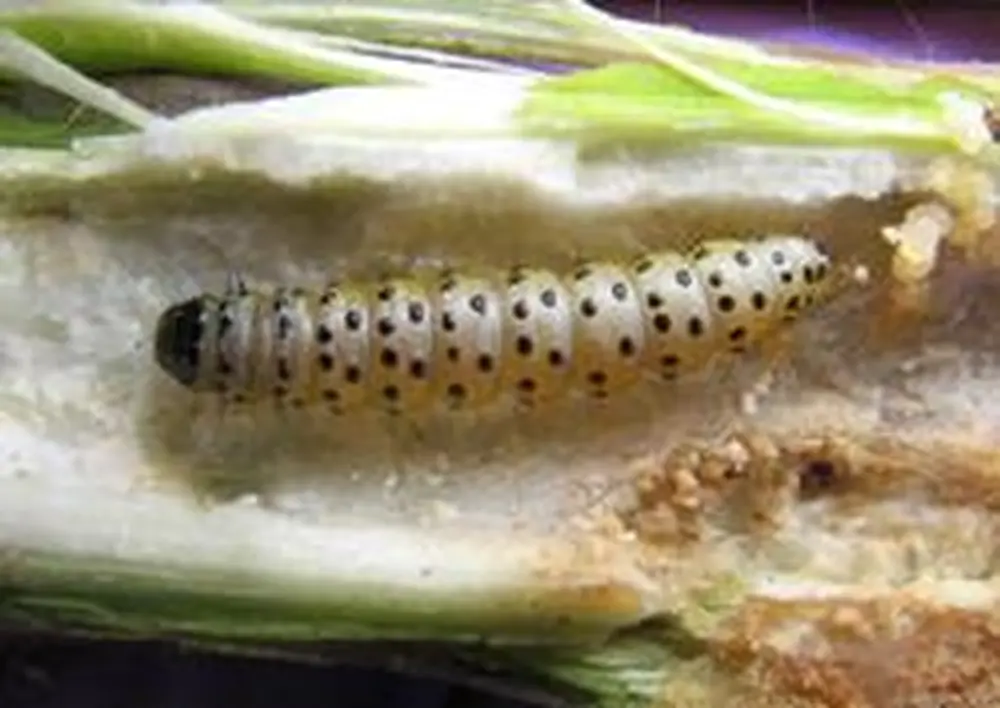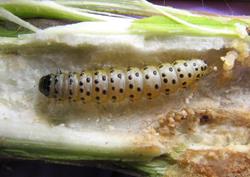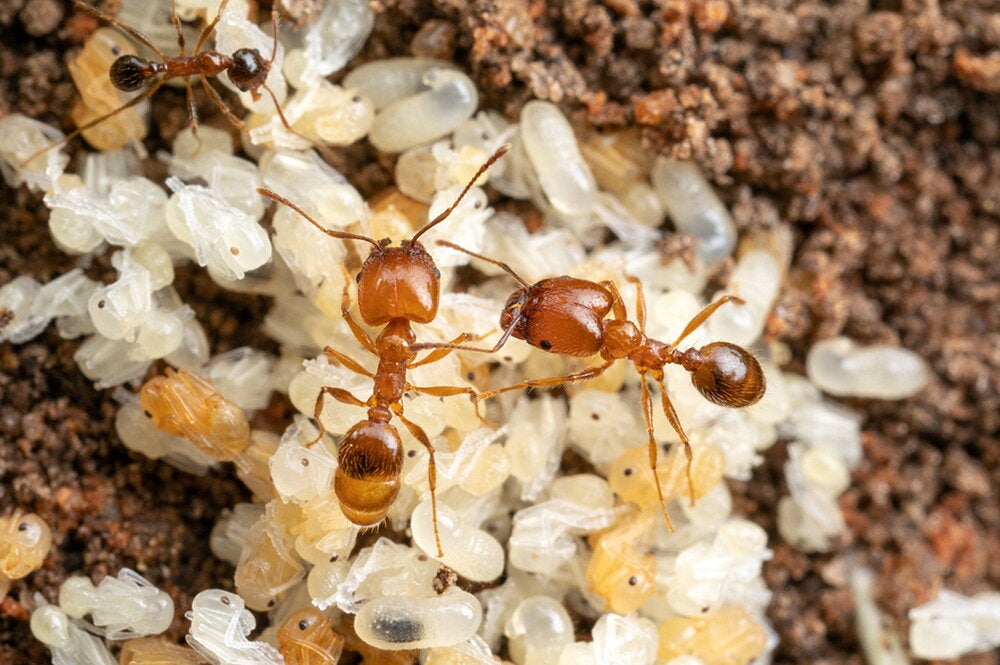

Peace has ended for the parsnips of New Zealand.
After enjoying more than 100 years with few deadly threats, New Zealand parsnips are under attack. But while the party may be over for this root crop, the feast is just beginning for their arch-nemesis, the webworm, which is wreaking havoc on the parsnip population.
The battle between parsnips and webworms offers University of Illinois entomologists a unique opportunity to study how plants respond to invasive insects, says May Berenbaum, an LAS entomology professor.
Berenbaum's U of I entomology team discovered that New Zealand parsnips contain significantly lower levels of chemicals used to defend against webworms than their counterparts in North America and Europe. But historically this had not posed a problem because webworms had not been found in New Zealand until recently.
What isn't clear, Berenbaum says, is whether the absence of parsnip webworms in New Zealand for more than 100 years allowed the parsnips to let down their guard. Without the threat of webworms, did parsnips have no reason to keep producing large amounts of furanocoumarins, a class of organic compounds that can be toxic to insects that eat the plant?
"It could be simply that the parsnips have had 100 years to relax," Berenbaum says.
Other factors may explain the lower levels of foranocoumarins, she adds. But whatever the reason, the recent appearance of parsnip webworms in New Zealand gives entomologists a chance to see how quickly plants can adjust to insect threats. For instance, will their levels of protective chemicals start to rise?
In the meantime, the destruction goes on, as webworm caterpillars eat the parsnip flowers and burrow into their stalks, damaging the plant's ability to reproduce.
"In certain populations affected by webworms, 75 percent of the plants were completely devoid of any reproductive parts," says Art Zangerl, LAS senior research scientist in entomology. "We don't often see that."


